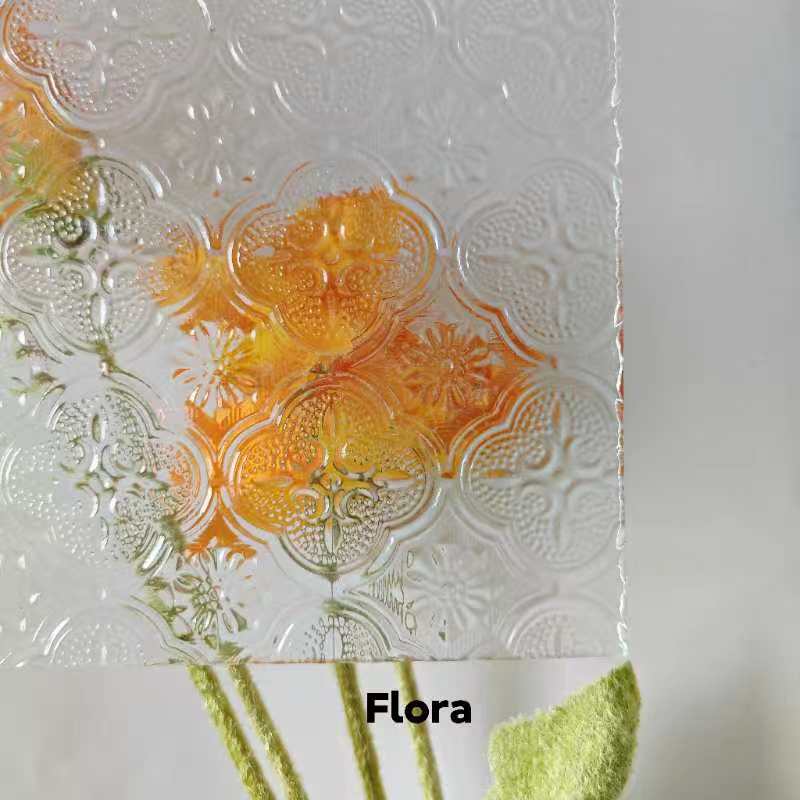

Reflective Grey Glass A Modern Architectural Marvel
In the realm of contemporary architecture and design, one material has emerged as a symbol of sophistication and innovation reflective grey glass. This stunning material not only redefines the aesthetics of buildings but also enhances their functional qualities, making it a favorite among architects and designers around the globe.
Reflective grey glass is characterized by its sleek surface and striking finish. Its reflective properties allow it to interact beautifully with natural light, creating a dynamic appearance that changes throughout the day. In the morning, reflective grey glass glimmers with soft, muted tones, while in the afternoon sun, it shines brilliantly, creating a striking visual effect. This versatility allows designers to experiment with light and shadow, offering unique and ever-evolving views of their structures.
One of the most significant advantages of reflective grey glass is its energy efficiency. By reflecting sunlight, it can reduce the amount of heat entering a building, leading to lower energy consumption for cooling systems. This is particularly important in urban environments where buildings are often subjected to relentless sunlight. As a result, reflective grey glass is not only a beautiful choice but also a sustainable one. This aligns perfectly with the growing trend of eco-friendly architecture, where the emphasis is placed on minimizing environmental impact while maximizing aesthetic appeal.
Moreover, this type of glass plays a crucial role in enhancing privacy without sacrificing natural light. The reflective surface creates a barrier that obscures the view from outside while allowing those within the building to enjoy unobstructed views of the surrounding environment. This feature is particularly valuable in densely populated urban areas, where high-rise buildings are often in close proximity to one another.

The application of reflective grey glass transcends mere window installations. Architects are utilizing it creatively in curtain walls, facades, and even structural elements. Its ability to seamlessly blend with various materials, such as concrete and steel, allows for cohesion in modern architectural designs. It can augment the sleek lines of a minimalist structure or soften the harsh edges of a more industrial design, making it a highly versatile choice.
In addition to its practical benefits, reflective grey glass also contributes to a building’s overall branding and identity. Many iconic structures around the world have integrated this material into their design, offering a modern touch that resonates with urban culture. Buildings constructed with reflective grey glass often evoke a sense of luxury and modernism, attracting visitors and enhancing the reputation of the establishments within.
Despite its many advantages, architects and builders must also consider the challenges associated with reflective grey glass. For instance, glare can be a significant issue, particularly for neighboring buildings and pedestrians. Additionally, the potential for heat build-up can lead to increased cooling costs if not properly managed. However, advancements in glazing technology are continually addressing these issues, making reflective grey glass safer and more efficient than ever.
In conclusion, reflective grey glass represents a fusion of beauty, functionality, and sustainability in modern architecture. It not only enhances the visual appeal of buildings but also contributes to energy efficiency and privacy. As architects continue to push the boundaries of design, reflective grey glass will undoubtedly remain a favored material, embodying the spirit of contemporary innovation while shaping the skylines of cities around the world. Whether adorning a high-rise office building, a luxurious hotel, or a stylish residential complex, reflective grey glass is a testament to the endless possibilities that modern materials and designs can offer.